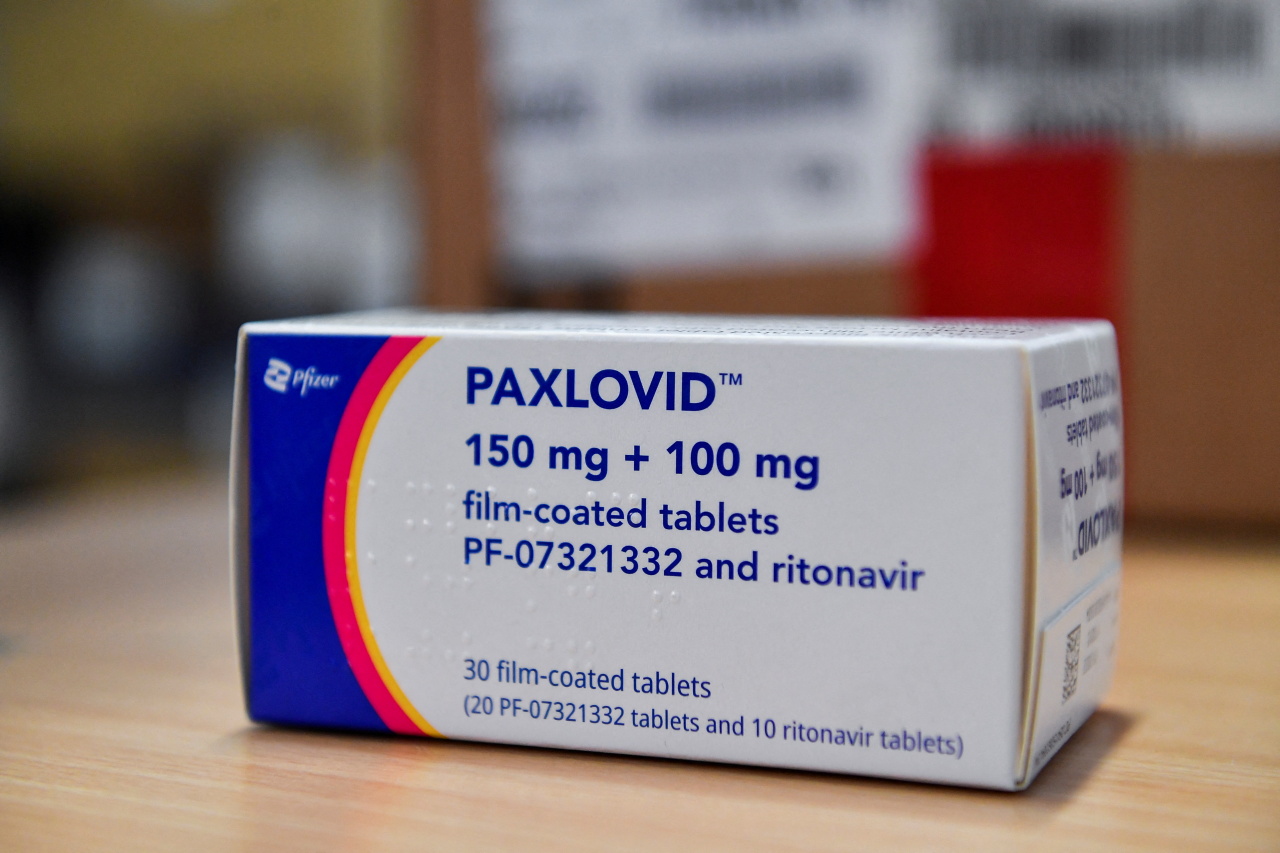South Korea is looking to bring in alternative therapies amid a shortage of Paxlovid, the COVID-19 antiviral pill from Pfizer.
The only antibody drug on the market here, Celltrion’s Regkirona, was suspended from use a month ago after evidence emerged that it was ineffective against omicron.
Being distributed from Saturday is Merck’s antiviral pill Lagebrio, whose approval here was delayed until Wednesday, nearly four months since the company applied for emergency use review in November last year. The first shipment for around 20,000 people landed in Korea on Thursday.
The Merck pill was met by initial hesitancy as it was shown to be less effective in cutting hospital admissions or deaths than Paxlovid.
Last year, Merck said Laberio reduces the chance of hospitalization or death by 30 percent in high-risk patients who were given the treatment within five days of developing symptoms. In comparison, Pfizer said Paxlovid was 89 effective at preventing high-risk patients from being hospitalized or dying.
Drug regulators in the US have also raised concerns about the safety of Merck’s pill during pregnancy. The pill, which works by inserting errors into the genetic code of the virus, was cited as having a potential to harm sperm cells or developing fetuses.
In including Lagebrio in its treatment guidelines on March 3, the World Health Organization said pregnant and breastfeeding women should not be given the pill, and recommended that people taking it have a contraceptive plan.
Korea is also seeking to introduce AstraZeneca’s Evusheld, a monoclonal antibody injection for pre-exposure prevention. In a clinical trial Evusheld recipients saw a 77 percent reduced risk of developing symptomatic COVID-19 compared with those given a placebo.
According to a study published March 9 in the New England Journal of Medicine, both Pfizer and Merck pills remained effective against the BA.2 lineage of COVID-19’s omicron variant in laboratory tests. The most effective antibody treatment against BA.2 was Evusheld.
In a press briefing Friday the Ministry of Health and Welfare vowed that before May the country will have access to enough pills for around 460,000 people.
Since Paxlovid hit the country on Jan. 14, only 113,783 patients here have been prescribed the pill as of Wednesday. Over the period more than 9.7 million people have been infected with COVID-19, and nearly 8,000 have died.
Due to the limited availability, Paxlovid is only being offered to people aged over 40 years with clinical vulnerabilities, although it is approved for use in adults and children as young as 12. The remaining Paxlovid supplies can cover 48,947 people, according to the Health Ministry, and they are expected to run out in about a week.
Prime Minister Kim Boo-kyum, speaking at Friday’s government meeting, denied that Paxlovid was in short supply.
“Recently more than 7,000 patients have been prescribed the pill each day, and talks are underway with the company to get more supplies into the country earlier,” he said.
Some COVID-19 doctors here have associated Paxlovid’s sluggish rollout with a long list of widely used medications like blood thinners and immunosuppressants that cannot be administered together. The ongoing surge has also meant patients being diagnosed later, which in turn made prescribing the pill harder. Paxlovid treatment must be initiated no later than five days since onset of symptoms.
With Regkirona out of the picture, Korea’s treatment portfolio includes Gilead Sciences’ intravenously administered antiviral remdesivir, Paxlovid and the newly added Lagebrio. Monoclonal antibodies sold by Eli Lilly and GlaxoSmithKline that work against omicron are currently not currently being considered, health officials said.
In the past two weeks Korea has logged an average of 381,406 cases and 315 deaths each day. By Thursday afternoon 65 percent of ICU beds and 69 percent of semi-ICU beds were occupied.
By Kim Arin (
arin@heraldcorp.com)








